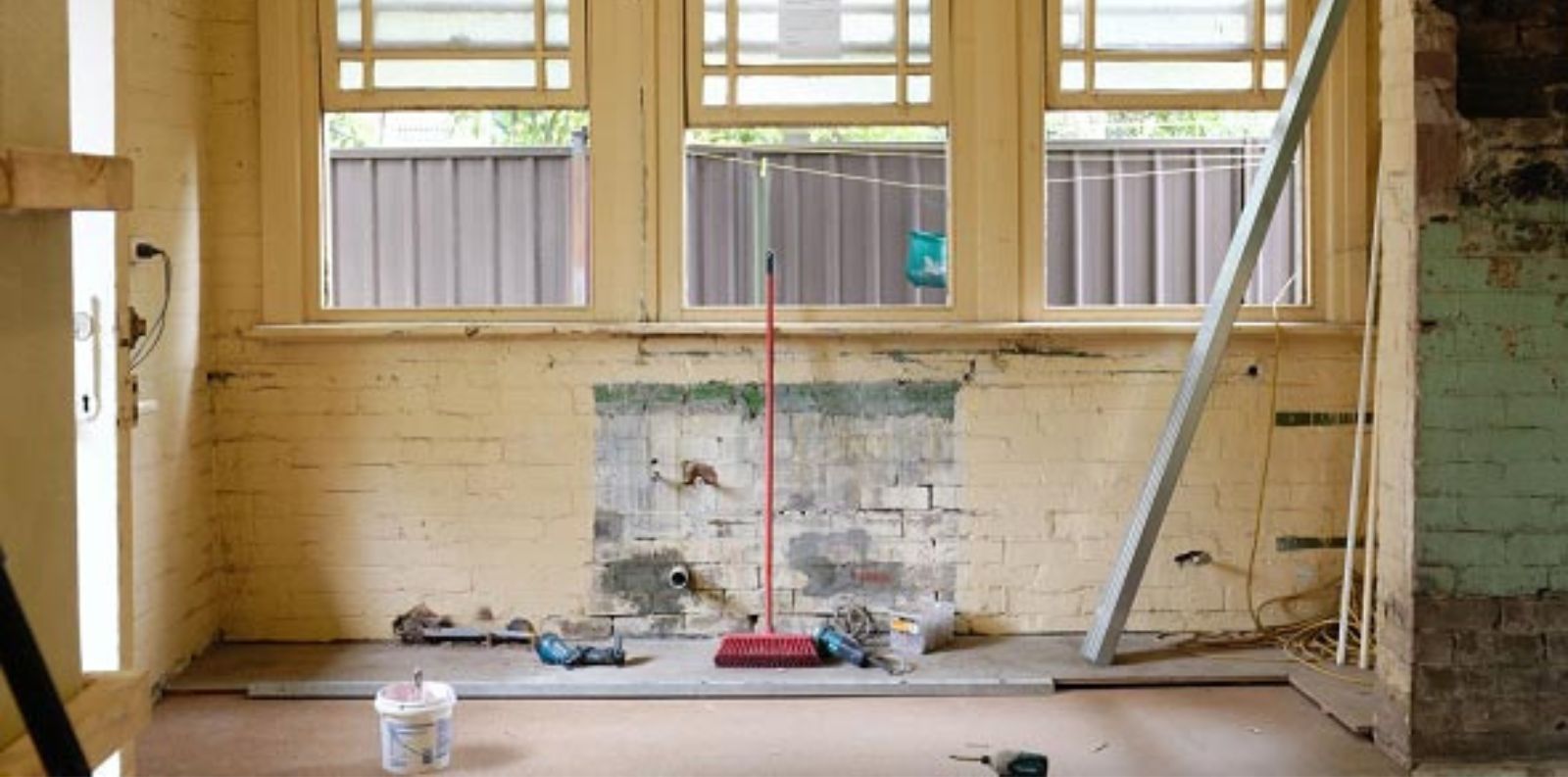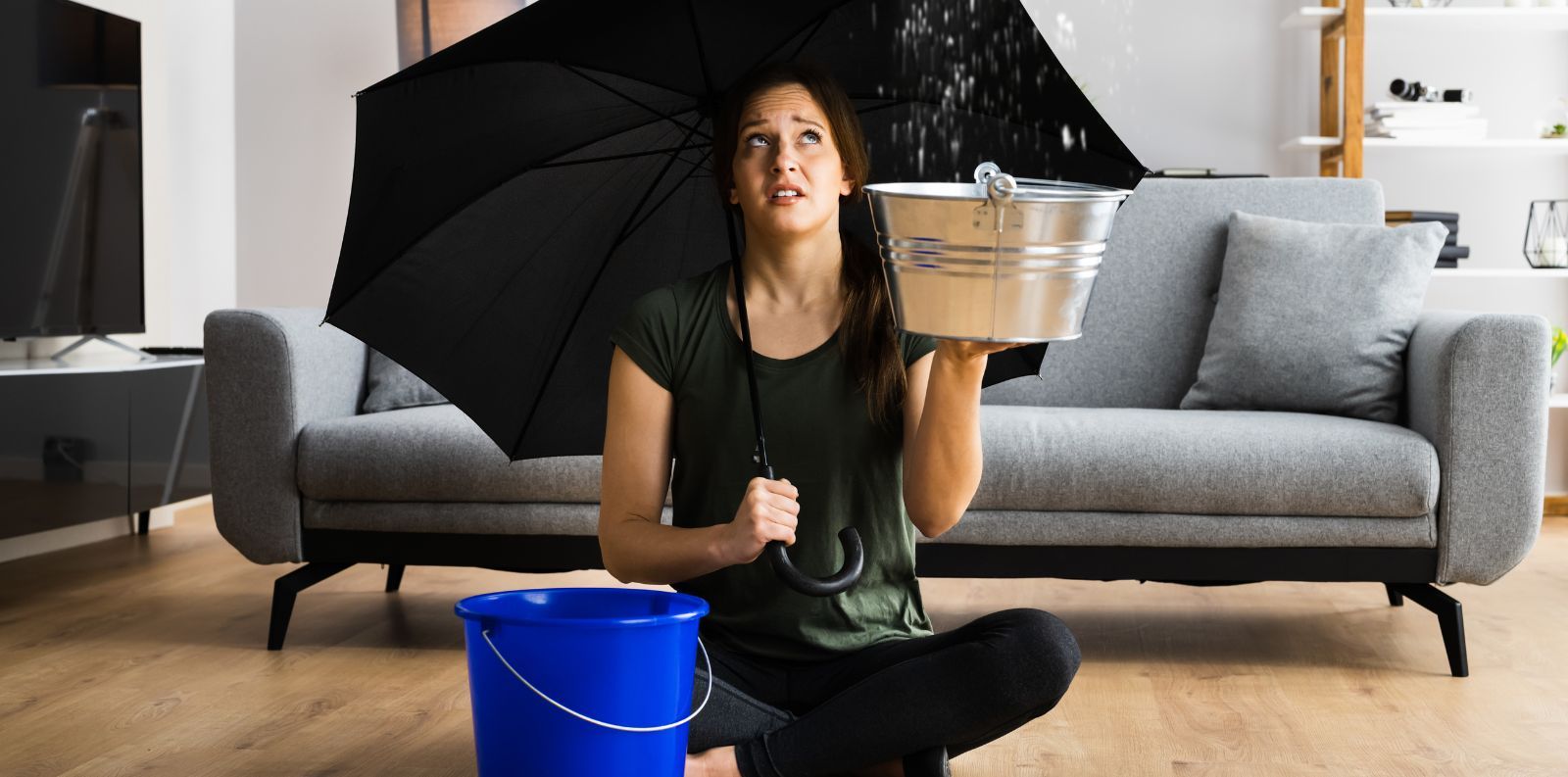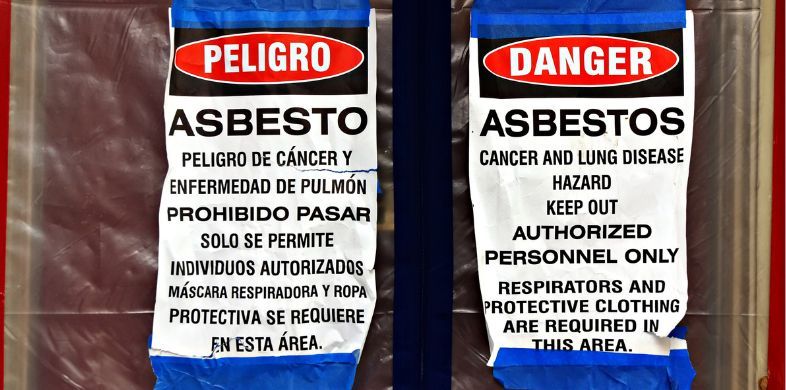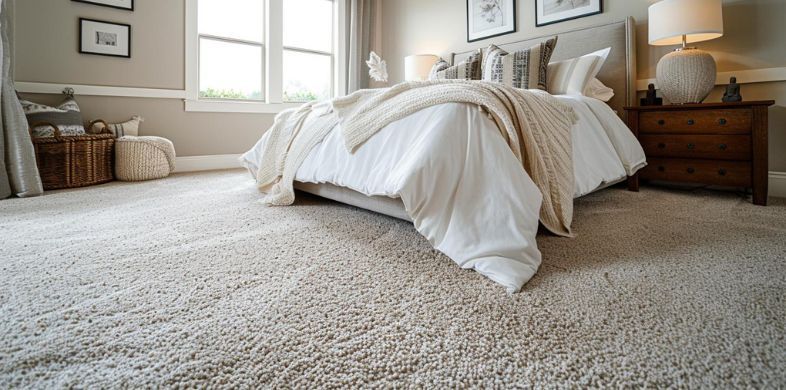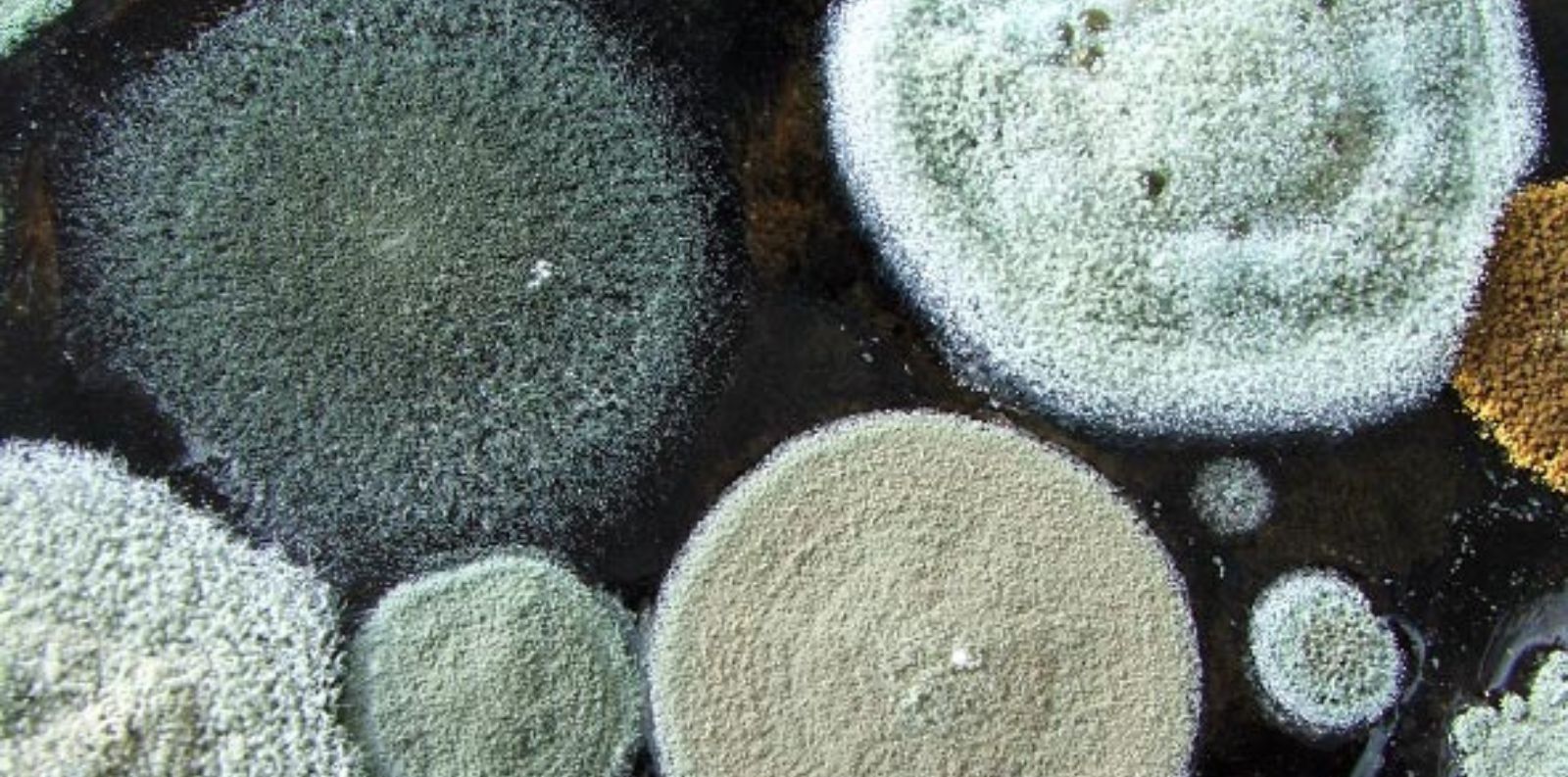
Can you get sick from mold in your house?
TLDR: mold is a type of fungus that grows in moist and damp environments. What makes mold so dangerous is that it has no set shape, consistency, or color, which means you’ll need professional assistance to identify it. While most mold types do not pose any life-threatening health conditions to the average healthy adult, it can pose a severe risk to older people, young children, and those who suffer from pre-existing medical conditions.
As a homeowner, it’s essential to educate yourself about all of the variables that can pose a threat to your family’s safety and health. One of the primary hidden dangers of homeownership is that of mold growing on the various surfaces and materials throughout your house. Mold is a fungus that grows in multicellular filaments; many people confuse this with bacteria.
Bacteria and mold carry the potential to expose you to harmful substances that may damage your health. However, mold is one of the most common growths in homes that have suffered water damage. While you can clean your home with disinfectants to get rid of bacteria, getting rid of mold is not easy.
So now, can you get sick from mold in your house?
The short answer to the question, “can you get sick from mold in your house?” is yes. However, there are other nuances you need to be aware of to avoid potentially life-threatening health risks. Mold is tricky to spot because it doesn’t have a unique look or color. Depending on the mold growth catalyst, it can look yellow, black, white, green, and even blue.
Mold doesn’t have a consistent texture either; it can be rough, fuzzy, or velvety depending on various factors. Continue reading to find out how you can safeguard your health from the risks that mold poses.
Can you get sick from mold in your house?
You’d be surprised to find out how easy mold can grow in your home; it only takes a moist and wet environment and some organic materials. These create the perfect conditions for mold to grow behind your walls and in various other areas of your home. Mold doesn’t only grow behind your walls; mold can exist in your coffee maker, expired food products, etc.
However, these types of mold growths are easy to spot, whereas mold growing in your home can remain hidden for several months or even years. The longer mold is allowed to grow and cultivate in your home, the higher the risk of getting sick. You don’t have to have any pre-existing allergies or underlying medical conditions to become affected by mold growth.
If you do have any pre-existing allergies or medical conditions, you should try to avoid making contact with mold as much as possible. Something as simple as slightly brushing against it with your arm can set off a chain of allergic reactions and possibly even worse.
Older people and the extremely young have higher odds of being adversely impacted by mold growth. Here are the central populations that are affected by mold the worst:
⦁ Elderly People
⦁ Children & Infants
⦁ People with lung diseases
⦁ Individuals with compromised immune systems due to conditions such as liver disease, cancer, or HIV
If you fall into one of the above categories or have someone living with you that does, you must take the necessary steps to get rid of mold in your home as soon as possible.
How to prevent the growth of mold in your home
Mold is very intrusive; it can grow on virtually any natural surface or material in your home. It can grow on your carpeting, floors, walls, appliances, and more. The best way to prevent the formation of mold in your home, to begin with, is by ensuring that you maintain a dry and moisture-free environment.
If you own an older home, you may want to consider replacing your paneling, drywall, and other extensive wear materials. For newer homes, you want to consider installing small dehumidifiers and maintaining a well-functioning AC system to reduce mold formation in your home.
People Also Ask
Q: How do you know if mold is making you sick?
A: some of the most common symptoms of illness brought on by exposure to mold include: sore throat, headaches, runny nose, fatigue, watery eyes, and more. However, these symptoms alone do not indicate an illness directly caused by exposure to mold. To get a definitive answer, you need to hire a plumber who can inspect your home.
Q: What health problems are caused by mold?
A: The most well-known health problems associated with mold exposure are: irritated eyes, sinus congestion, asthma, respiratory issues, etc.
Q: Can black mold kill you?
A: No, black mold cannot kill you; however, if you’re a very young person or an older person, the likelihood of you developing an illness due to mold exposure is significantly increased.
Now that you have the answer to “Can you get sick from mold in your house”
Now that you know the answer to “Can you get sick from mold in your house?”, use it to protect yourself and family from the threat of mold growth in your home. As long as you use the tips we’ve given you, you will avoid harmful mold like a pro. For any services to help you clean out the mold from your home contact Steamy Concepts today.
Table of Contents
Other Blogs You May Be Interested In
